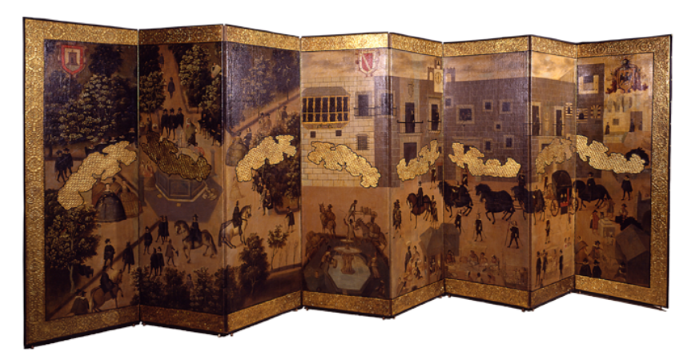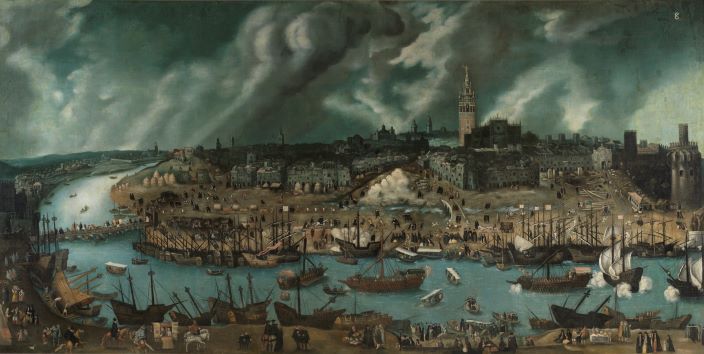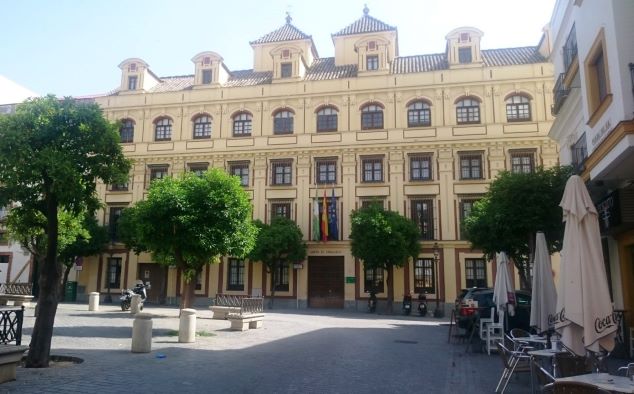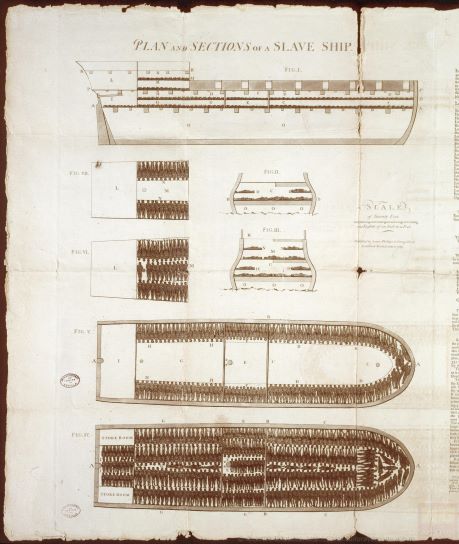Representation of 16th-century Seville from the west side of the Guadalquivir River
América
Image of a five-panelled folding screen depicting the Palace of the Viceroys in Mexico before it burned down in the turmoil of 1692.
Image representing the retinue formed by the emperor Montezuma and his nobles, organised to meet Hernán Cortés and receive him on his entry into the city of Mexico-Tenochtitlán.
A work by Miguel Cabrera, dated 1763, depicting a mestizo family group in the Viceroyalty of New Spain
Work attributed to Alonso Sánchez Coello, from the late 16th century, showing a view of the city of Seville from the Triana district.
Image of the Contracting House, the institution in charge of managing trade affairs with the New World during the Modern Age
Mainland Galleons of the Carrera de Indias
Everyday life. Religious celebrations. Ball game that the Apalachinos and vstacanos Indians have been playing since their infidelity until the year 1676.
Representation of cochineal cultivation and production. The image shows a picture of a cultivated cactus, where the mealybug has swarmed well.
The image depicts the plan and section of a ship engaged in the black slave trade. The document is written in English and published in London.












